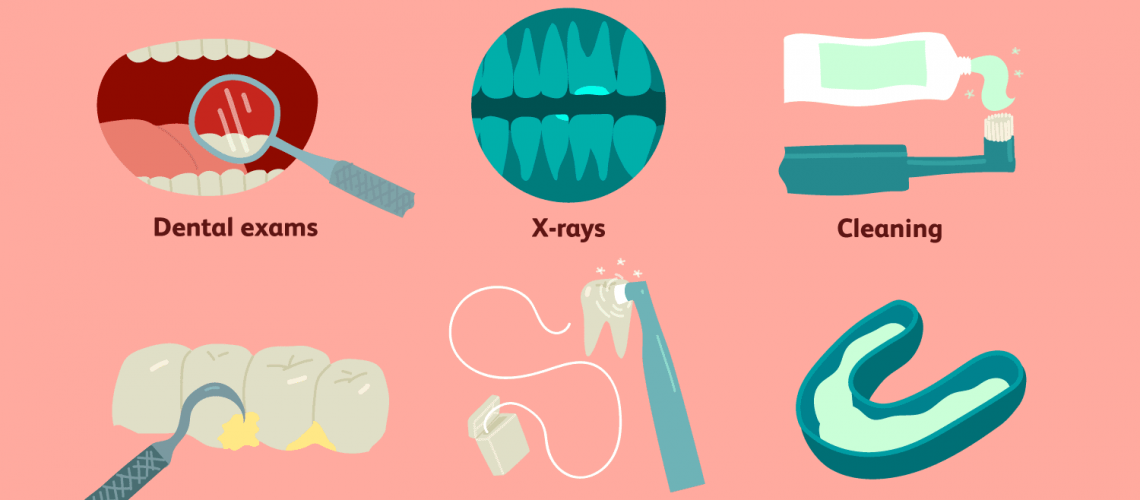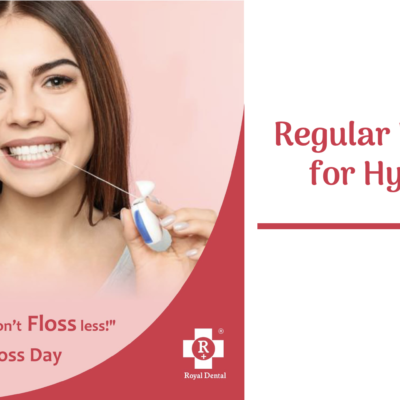Improving your dental health can be a challenge if you don’t understand the instructions. Taking care of your teeth and gums requires regular brushing and flossing, as well as regularly visiting a dentist. But without understanding the instructions, it’s difficult to know how to properly care for your teeth. This guide provides an overview of the basics of oral health instructions and offers helpful tips for better oral hygiene. From brushing and flossing techniques to understanding the different types of dental treatments, you’ll be armed with the knowledge you need to maintain a healthy smile.
Why oral health instructions are important?
Your dental surgeon will provide instructions based on your dental health and any issues you may currently have with your teeth or gums. Understanding the information will help you make better decisions about your oral health care at home. For example, if your dentist recommends using fluoride toothpaste, you’ll know why it’s important for preventing cavities. If your dentist recommends using a certain type of dental floss, you’ll know whether or not you should be using traditional floss or something like a water flosser.

If you don’t understand the instructions, it’s difficult to know how to properly care for your teeth. Oral health instructions will vary depending on your specific dental needs. Your dental provider will help you understand the information and provide recommendations for better oral hygiene at home.
Tips for brushing and flossing correctly
Brushing – Brushing your teeth twice a day is the best way to prevent cavities. If you are prone to cavities or have existing dental issues, you may need to brush more often, like after each meal. You should brush for two minutes to ensure you get all of the surfaces of your teeth and prevent cavities.
Cleaning your gums – Make sure you brush all surfaces of your teeth, including the gum line. If you have cavities, your dentist may recommend using an electric toothbrush.



Brushing your tongue – While it’s helpful to brush your tongue to remove bacteria, it’s not necessary. You can brush your tongue if you’d like, but it’s not necessary for good oral health.
Flossing – If you don’t floss your teeth regularly, you’re missing out on a major opportunity to keep your teeth and gums healthy. Flossing your teeth is helpful if you have a specific dental issue like gingivitis. If you don’t want to floss, you can try using a water flosser.
Overview of different types of dental treatments
Cavities – Cavities occur when bacteria in your mouth mix with sugar. You can prevent cavities with regular brushing and flossing. If you have cavities, your dentist may recommend a type of filling to repair the damage. Root canals – If you have an infection from a tooth, your dentist may recommend a root canal.
Root canals are used to remove bacteria from the inside of a tooth. Dentures – If you have missing teeth, your dentist may recommend getting dentures. Dentures are used if you have a tooth that needs to be removed.
Preventative dental care and oral hygiene
If you want to improve your oral health and avoid dental issues, you should practice good oral hygiene. This includes brushing your teeth two times a day, flossing once a day, and visiting a dentist for a dental cleaning every six months. It’s also helpful to drink plenty of water, eat a balanced diet, and avoid sugary beverages.

If you have a specific dental issue, like gingivitis, your dentist may recommend using a special type of toothpaste. If you have a certain dental issue, your dentist will be able to recommend specific oral hygiene tips to help improve your oral health.
How to understand your dentist’s instructions
Dental instructions are often written in a way that can be difficult to understand. To help you better understand the information, you can use this guide to better understand the information written in your dental instructions. Frequency – How often you should perform the action (for example, brushing your teeth).
Intensity – How strongly you should perform the action (for example, how long you should brush your teeth).
Mode – The tools or resources you need to perform the action (for example, which type of toothbrush to use).
Location – Where you should perform the action (for example, where to brush your teeth).
Time – When you should perform the action (for example, when you should brush your teeth).
Eating and Drinking for Optimal Oral Health
A balanced diet is essential for optimal oral health. For example, vitamin C is necessary for healthy gums. Fortunately, many fruits and vegetables are rich in vitamin C. Consuming sugar-free beverages is another way to promote oral health. Sugary drinks are a common cause of tooth decay and can damage the teeth.
The Benefits of Practicing Good Oral Health Care
Practising good oral health care can provide a variety of benefits. For example, regular brushing and flossing can help prevent tooth decay and cavities. It can also help prevent gingivitis and periodontal disease. In addition, daily brushing and flossing can help keep your teeth looking clean and white. It can prevent bad breath and improve your self-confidence. Finally, daily brushing and flossing can improve your overall health. This is because oral health is closely linked to general health.
Conclusion
Ultimately, practising proper oral health care can help you maintain your oral health and prevent tooth decay, cavities, and gum disease. This includes daily brushing and flossing and visiting the dentist for regular check-ups. Moreover, you can encourage good oral health habits in children and improve your health overall by practising proper oral hygiene. With these benefits, it’s easy to see why practising proper oral health care is important.






